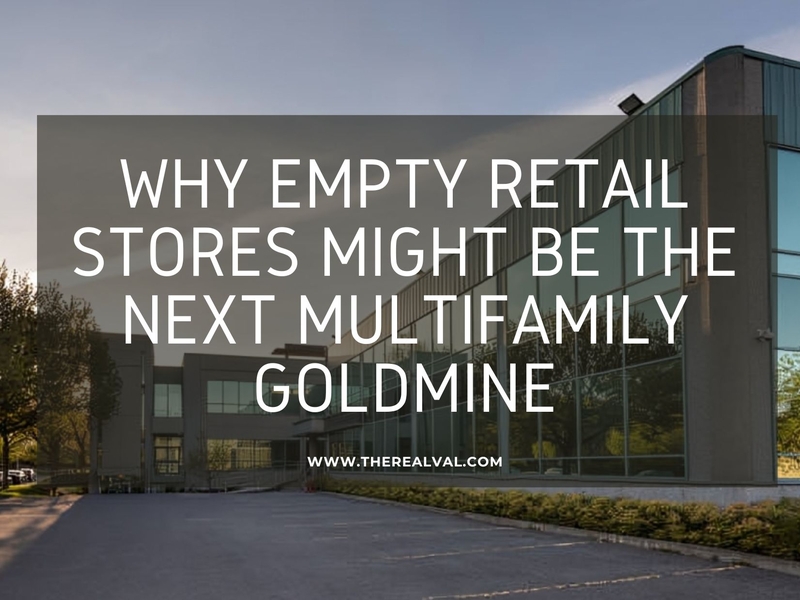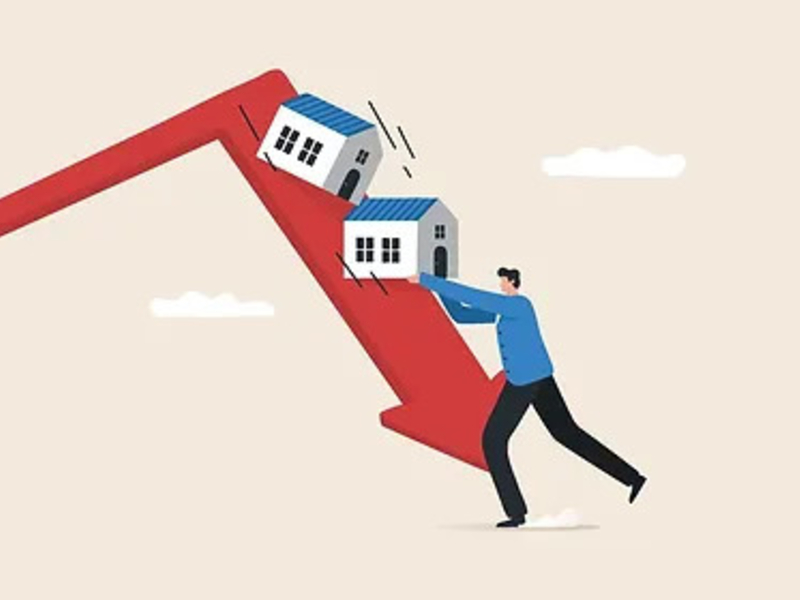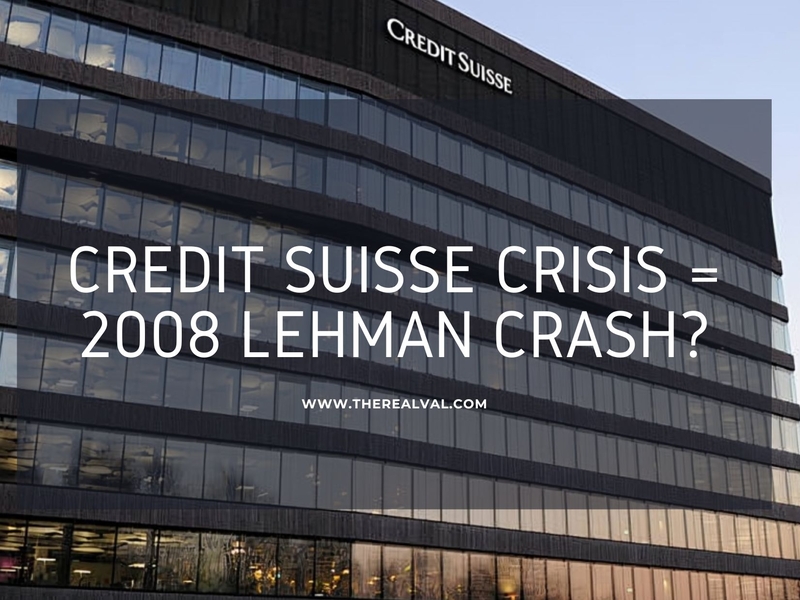As major retailers shut down thousands of stores due to the rise of e-commerce and shifting shopping habits, large empty retail spaces are popping up across the U.S. But instead of letting these big-box stores sit vacant, many see a new opportunity, which is: turning them into multifamily housing. With the housing shortage growing worse across the country, developers and city planners are starting to eye these spacious, well-located properties as a smart solution for much-needed residential development.
Why are the big-box stores going vacant?
- Retail Apocalypse: Since 2017, thousands of big-box stores across the U.S. have shut down, driven by bankruptcies, downsizing, and the rise of online shopping.
- Anchor Tenant Exodus: When major anchor tenants leave malls or shopping centers, it often sets off a chain reaction, thereby causing smaller retailers to leave too, and leaving large spaces vacant.
- Too Much Retail in the Suburbs: Many suburban areas simply have more retail space than they need. With oversized shopping centers and not enough demand, this oversupply has become a long-term challenge.
Why are these sites preferable for Multifamily Developments?
- Prime Locations: Big-box stores are usually built on large, highly visible plots near major roads, schools, public transit, and busy commercial areas; making them ideal spots for new residential communities.
- Wasted Space implies Big Potential: These properties often come with massive parking lots that are barely used. Developers can repurpose this land for green spaces, extra housing units, or even mixed-use amenities.
- Lower Costs, Higher Returns: Because many of these sites are distressed or underperforming, they’re often available at below-market prices, making them an affordable entry point for developers looking to invest in housing.
Adaptive Reuse vs. Ground-Up Redevelopment: What’s the Better Fit?
- Adaptive Reuse: Instead of tearing down the old store, developers transform the existing building which involves turning sales floors into apartments while keeping the main structure intact. This approach cuts down on construction waste, speeds up project timelines, and may offer tax perks, especially for historic properties.
- Ground-Up Redevelopment: Sometimes, it makes more sense to demolish the store and build something entirely new. Developers can then design mid-rise or garden-style apartment complexes that better fit today’s housing needs.
- Hybrid Approach: In some projects, developers blend old and new; preserving elements like façades or loading docks while adding fresh construction. This mix can create a unique, modern look while saving on costs and preserving character.
Case Studies and Success Stories
- Providence Arcade, Rhode Island: One of the oldest malls in America was thoughtfully converted into micro-apartments with retail shops on the ground floor. This adaptive reuse project preserved the historic charm while addressing downtown housing demand.
- California’s Assembly Bill 2011: This ground-breaking law is helping fast-track the conversion of commercial properties into 100% affordable housing. Since its passing, dozens of developers across California have launched housing projects on former retail sites.
- Arizona Mall Makeovers: In parts of Arizona, old mall anchor stores have been demolished to make room for new town homes and walkable communities. These projects often include small retail pods for local essentials, thus creating a fresh, mixed-use neighborhood vibe.
Challenges and Barriers to Big-Box Conversions
- Zoning Roadblocks: Most big-box sites are zoned for commercial use. Converting them to residential often requires rezoning or special permits and these processes can be slow, complex, and politically sensitive.
- Outdated Infrastructure: These buildings weren’t built for people to live in. Developers may need to invest heavily in upgrading plumbing, electrical, and HVAC systems to meet residential codes.
- Community Resistance: Some neighborhoods push back against higher-density housing due to concerns about traffic, school overcrowding, or changes in the area’s character.
- Hidden Costs: While land may be cheaper, retrofitting old retail buildings can uncover surprise expenses; like dealing with asbestos, lead, or outdated wiring that must be brought up to code.
Impacts of these Conversions
- Economic: Unlike retail leases that come and go, multifamily housing provides stable, long-term rental income and builds valuable real estate assets.
- Social: These projects bring more housing options to communities, support local jobs during construction, and often help breathe new life into underused neighborhoods.
- Environmental: Adaptive reuse helps the environment by cutting down on demolition waste, conserving materials, and lowering the carbon footprint compared to new construction.
Vacant big-box stores aren’t just reminders of retail’s past, but untapped opportunities for the future of housing. With smart planning, flexible zoning, and forward-thinking development, these underused spaces can be transformed into vibrant homes. Isn't it a win-win? Addressing the housing crisis, revitalizing neighborhoods, and delivering strong returns for developers.
Trending





